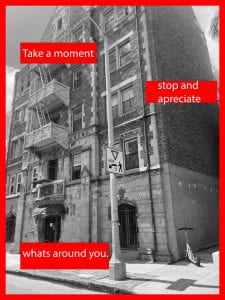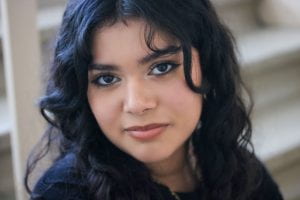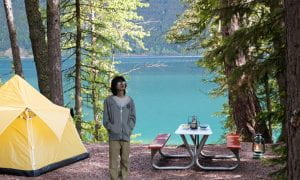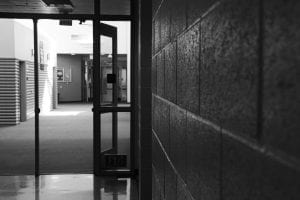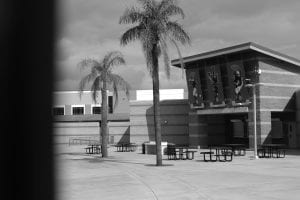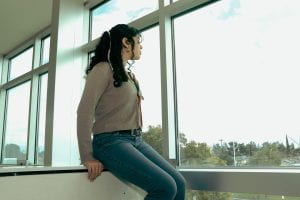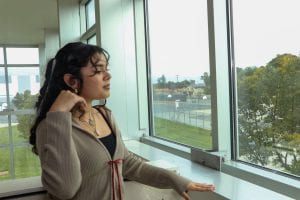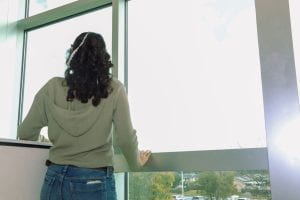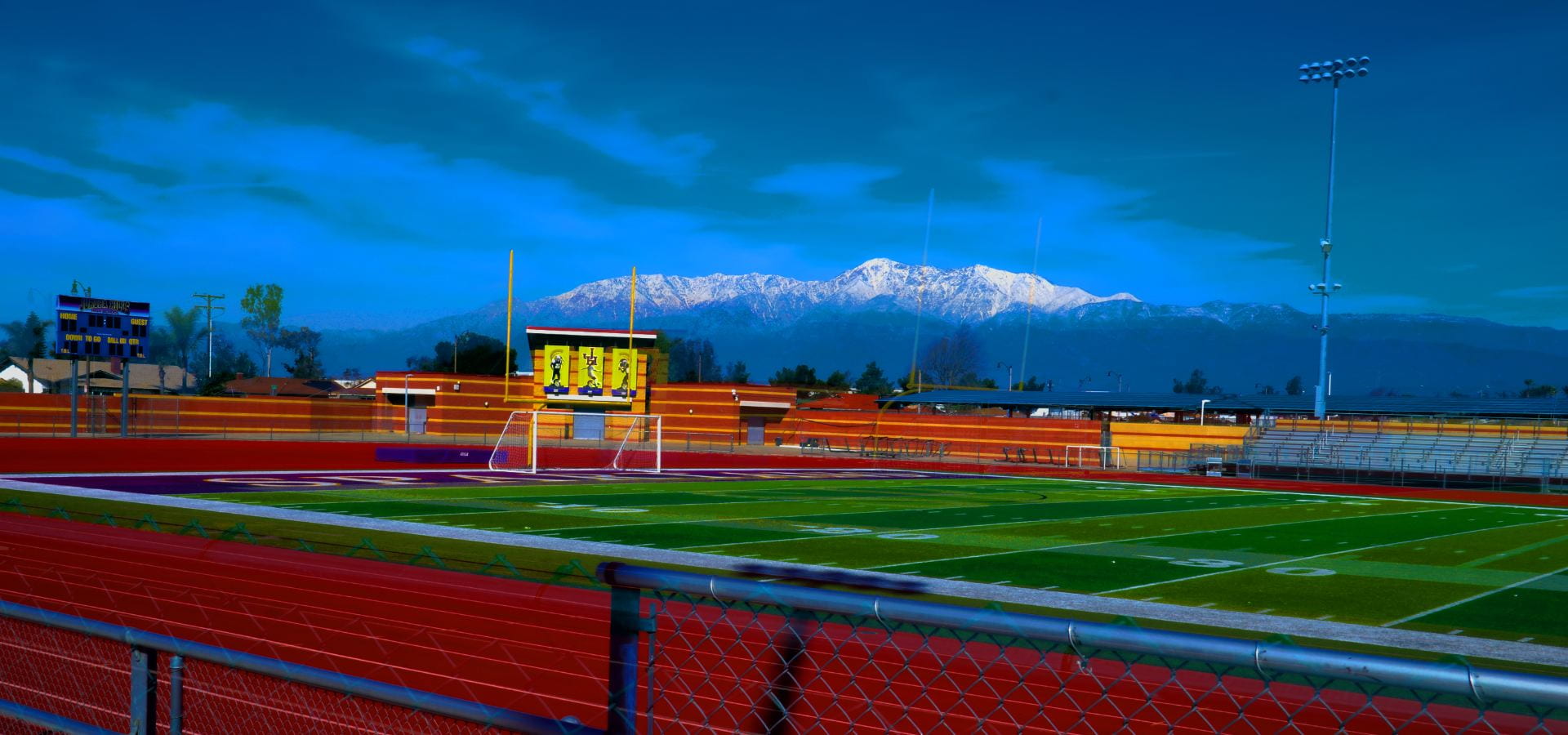I would like the viewer to look back at every time they’ve past a pretty building or to stop and really appreciate the little things like really nice scenery or something happening that they wouldn’t have seen otherwise.
10 Important Tips and Why
- Lighting is everything
- Lighting can set the mood for a picture so being aware of it is a must.
2. Its all in details
- People love the detail provided in photos, its eye-catching and keeps the viewer hooked.
3. Read the manual
- Looking at the manual or your camera especially if your a beginner is definitely something you should think about to better work with and understand your gear.
4. Eyes are the prize
- Eyes are the best way to connect to your subject eyes can show us emotions and give direction.
5. Experiment and play
- Experimenting can open doors for us we didn’t even know we could open.
6. Edit for reality, and for how you felt
- when you start applying changes to your photo remember that people connect with what is real. the edits you make to you photo can make or brake it.
7. Learn by adjusting
- The photographer you are at the beginning of your journey compared to three years in are not going to be the same, one grows and changes through any journey.
8. Shoot first by stuff later.
- Figure out what type of photographer you want to be before you buy equipment that you’ll end up never using.
9. Aperture, shutter speed, and ISO
- These big three are each designed to let light enter the camera and determine how bright your picture is. learning the difference between them all and what they are each good for will help make photos look 10 times better.
10. Your profile is your portfolio
- people can learn a lot about you and your photography based on your profile. make sure to keep your profile clean and eye-catching.
AI in photography
Artificial intelligences (AI) is used to help improve the world in so many different ways. Nowadays AI can be seen everywhere and easily used. In photography cameras are now utilizing AI technology so many photographers have turned to AI to do tasks to help improve their photography or even speed up their workflow. One of the most widely used forms of AI is in digital smart assistance like Apple’s Siri or Google Assistant. This kind of digital assistant can understand what your saying and transform the words you say into a variety of different tasks. Although AI software is up-and coming it has been used for years in digital cameras. Many newer digital cameras have facial and subject recognition. Portrait photographers love the ability for the camera’s autofocus system to instantly recognize the face of their subject. Some cameras and accessories even use AI technology to properly expose and photograph a scene. These tools can help photographers focus less on adjusting their settings and more on their composition. Artificial Intelligence has been around for a while to help photographers be more efficient and capture better images. There is no doubt that AI will certainly help revolutionize photography.
Close-up portraits
Take a Vacation
Blacks & Whites & Shades of Grey
Paragraph Synopsis:
Many photographers prefer to shoot in black and white for many reasons other than the aesthetics. Color is very powerful and tends to dominate photos to the point that a lot of people struggle to see other key elements. There are certain subjects that tend to work better than others in black and white. A lot of people highly recommend the “Monochrome” mode to get basic black and white shots. Black and White is a beautiful medium to work in and one that you will appreciate even more as your skill grows.
Ted Talk: How Photography Connects Us
In the ted talk David Griffin highlights the power of photography to connect people across languages and cultures. He emphasizes that photos have the ability to evoke emotions and tell stories that can resonate with anyone, regardless of their background. Griffin also emphasizes the role of photography in fostering empathy and understanding by allowing us to see the world through different perspectives. He believes that photography has the potential to bridge gaps and create a sense of global connection.
Overall, David Griffin’s ted talk on how photography connects us sheds light on the profound impact that photos can have in bringing people together and promoting understanding. It’s a reminder of the universal language that visual storytelling can speak, transcending barriers and building connections.
Fill Flash Outside
External Flash Worksheet
Q: When would you use external flash
A: To ensure there’s an even amount of light hitting your subject and your background.
2.
Q: Do you need to meter the light if you use flash ?
A: No because you are using an artificial light.
3.
Q: What does flash synchronization mean.
A: firing external flashes and studio lighting when you take a picture
4.
Q: What does ETTL mean?
A: ETTL stands for Evaluative through the leans.
5.
Q: What will happen when you shoot faster than the camera sync speed?
A: you will get a half black and half white image.
6.
Q: Why do photographers bounce the flash and use a diffuser?
A: To make the light softer
7.
Q: What is a slave?
A: A light that enables a flash to trigger instantly when the sensor on the front of the unit registers light from another flash.
8.
Q: What should you do if your image comes out too dark or too light?
A: adjust your exposure values.
HDR Landscape
Critique:
I took five photos in different exposures ranging from -2 to +2. I put them into photoshop and merged them together to make this photo. I saturated the image and it made the photo more vibrant and contrast. I like how the clouds shaded part of the mountain so the snow looks more vibrant and pops. If I were to give this photo a name it would probably something like “Track” or “Running” because its a photo of mainly a track field.
